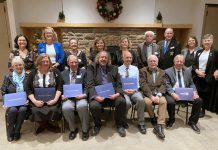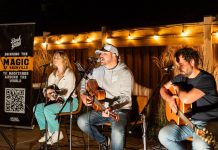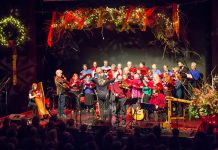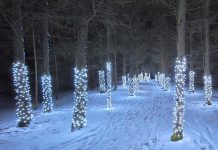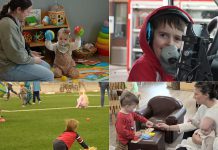
This June, perhaps more than ever, we need allies against racism. June is recognized as Indigenous History Month in Canada. June 21 is National Indigenous Peoples Day. These occasions celebrate the distinct histories and cultures of First Nations, Métis, and Inuit people.
We are also marking the one-year anniversary of the murder of George Floyd and the police-involved death of Regis Korchinski-Paquet.
Recent news reminds us of the traumatic injustices Black people, Indigenous people, and people of colour (BIPOC) face worldwide. Heavy on my mind are the anniversary of the Nakba in Palestine, confirmation of the horrors of the Canadian Indian residential school system in Kamloops, and ongoing old-growth logging on unceded Indigenous land on Vancouver Island.
These injustices and horrors can feel overwhelming. I invite you to further your learning journey by beginning to find your place in support of environmental justice.
Environmental justice is closely connected to the fight for justice for BIPOC people. However, mainstream environmentalism often disregards the unique positions of BIPOC people.
“The environmental movement has historically, and often deliberately, excluded BIPOC voices, knowledge, and experiences,” explains Patricia Wilson, founder of the Diverse Nature Collective, a BIPOC-led organization dedicated to creating safe spaces for conservation-minded folks.
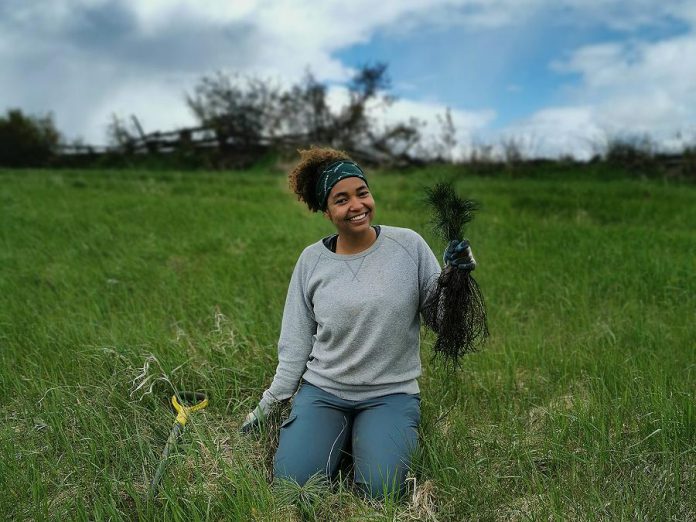
Many of the early foundations for the environmental movement are intimately connected to white male leaders and their pseudo-scientific ideologies of white supremacy. These racist voices have prolonged echoes, even today.
“Conservation organizations, environmental groups, and nonprofits severely lack representation from individuals who identify as BIPOC,” observes Wilson. “Until all voices are heard and included, we will not be able to properly protect and conserve the natural world.”
In addition to often being excluded from environmentalism, BIPOC folks are also more likely to experience environmental racism. Environmental racism describes the systems that reserve environmental privileges and exploitation for predominantly white communities while pushing environmental contamination and damaging consequences into predominantly BIPOC communities.
Environmental racism includes white supremacy and the biased action or inaction of governments and other organizations that privilege white communities over BIPOC communities.
There are many examples of environmental racism. Consider Africville in Nova Scotia, where neighbourhoods populated by Black people were chosen as dumping grounds for hazardous waste. Consider pipelines built on unceded Indigenous land. Consider the many First Nations reserves affected by boil-water advisories or permanently tainted water sources.
Environmental racism negatively impacts social, economic, and physical well-being. Environmental racism also breaks our connection to the land we live and depend on.
BIPOC people and allies fight environmental racism through environmental justice movements. Environmental justice is considered “intersectional” because it combines both social justice and environmentalism. In other words, environmental justice considers both the damage done to our environment and also the ways that damage tends to impact racialized groups more than non-racialized groups.
Rebuilding that broken relationship to place and nature is an important part of the environmental justice movement.
There are several local and global organizations working to help Indigenous, Black, and other people of colour rebuild their relationship with the land.
The TRACKS Program, for example, stands for Trent Aboriginal Cultural Knowledge and Science. TRACKS is hosted at Trent University, in a funding partnership with the Kawartha World Issues Centre and the First Peoples House of Learning. TRACKS offers an Oshkwazin Indigenous Youth Leadership program for Indigenous high-school-aged youth.

“In my work with Oshkwazin, I create more inclusive and fun on-the-land programming for youth coming from all walks of life,” explains Jaida Ponce, Oshkwazin Summer Youth Supervisor. “We create connections to Indigenous knowledge and western sciences programs.”
“Everyone is on a learning journey. Knowing about the place you come from while creating and understanding the place you’re currently living helps create a healthy relationship to place. At TRACKS, I’ve been able to help youth start their journey to creating those relationships with place.”
Nurturing a relationship to place is important for both Indigenous people and for settlers and newcomers in Canada.
On-the-land programming that centres Indigenous perspectives and creates safe, anti-racist spaces for connecting with the land is key to this learning journey.
Creating safe spaces for BIPOC folks to feel comfortable on the land and within the environmental sector was also Patricia Wilson’s goal when she founded the Diverse Nature Collective.
“The Diverse Nature Collective was born out of the idea that diverse and racialized voices need to be heard and supported within the environmental sector in order for us to create meaningful change and protection of our natural assets,” explains Wilson. “Our aim is to provide opportunities for BIPOC folks to learn, explore the outdoor world, and build community.”
Environmental justice can be personal and professional, individual and collective.
“For me, environmental justice means creating safe learning spaces for everyone to grow in their own gifts and create relationships with the land,” says Ponce.
“Advocating and making space for diverse voices is arguably the most important thing we can do in the environmental justice movement,” Wilson adds.
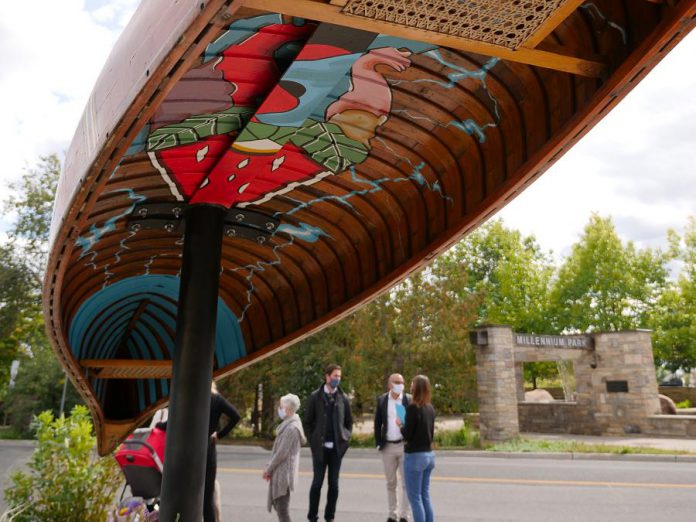
This month, and every month, I encourage you to actively seek out more resources and voices like these. Listen to those voices: whether you identify as BIPOC or not, you are being invited to develop your own place in support of environmental justice.
Here are some useful resources:
- To learn more about the Oshkwazin program, head to tracksprogram.ca/about-tracks-oshkwazin.
- To learn more about Diverse Nature Collective, check out diversenaturecollective.com.
- The National Centre for Truth and Reconciliation has an education page with resources for youth and adults at nctr.ca/education/.
- The Woodland Cultural Centre (reclaimed by Six Nations of the Grand River, formerly the Mohawk Institute Residential School) offers virtual tours by donation at woodlandculturalcentre.ca/mohawk-institute-residential-school-virtual-tour-now-available-online/
- The Legacies of Hope website at legacyofhope.ca/wherearethechildren/stories/ offers videos of residential school survivor sharing their stories, and many other resources.
A note from author Sara Crouthers: This article was written before the June 6 racist attack in London, Ontario. I am heartbroken to hear this news. Everyone at GreenUP offers our deepest sympathies to the family and friends of those who were killed and injured in this premeditated act of Islamophobia and terror.



